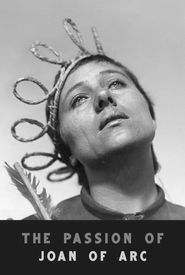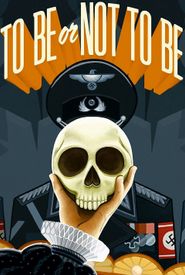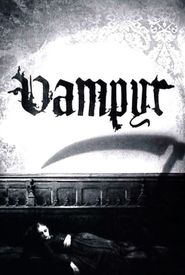Polish-born Rudolph Mate, a renowned and respected cinematographer, embarked on a illustrious film career following his graduation from the University of Budapest. Initially, he worked as an assistant cameraman in Hungary for the esteemed Alexander Korda, subsequently collaborating with prominent cameraman Karl Freund throughout Europe. His exceptional skills caught the attention of Carl Theodor Dreyer and Erich Pommer, who hired him to capture second-unit footage, subsequently impressed by his work, they appointed him as cinematographer on Dreyer's The Passion of Joan of Arc (1928),also known as The Passion of Joan of Arc, in the United States.
Mate's outstanding work on this prestigious film solidified his reputation as one of Europe's premier cinematographers, subsequently, he continued to work on some of the continent's most esteemed productions, further cementing his status. In 1935, Hollywood beckoned, and Mate spent the next 12 years shooting films in the United States, before transitioning to directing in 1947. Although many of his directorial efforts showcased impressive visuals, particularly his sci-fi epic When Worlds Collide (1951),the films themselves were largely unremarkable, with his most notable work likely being the film-noir classic D.O.A. (1949).









































